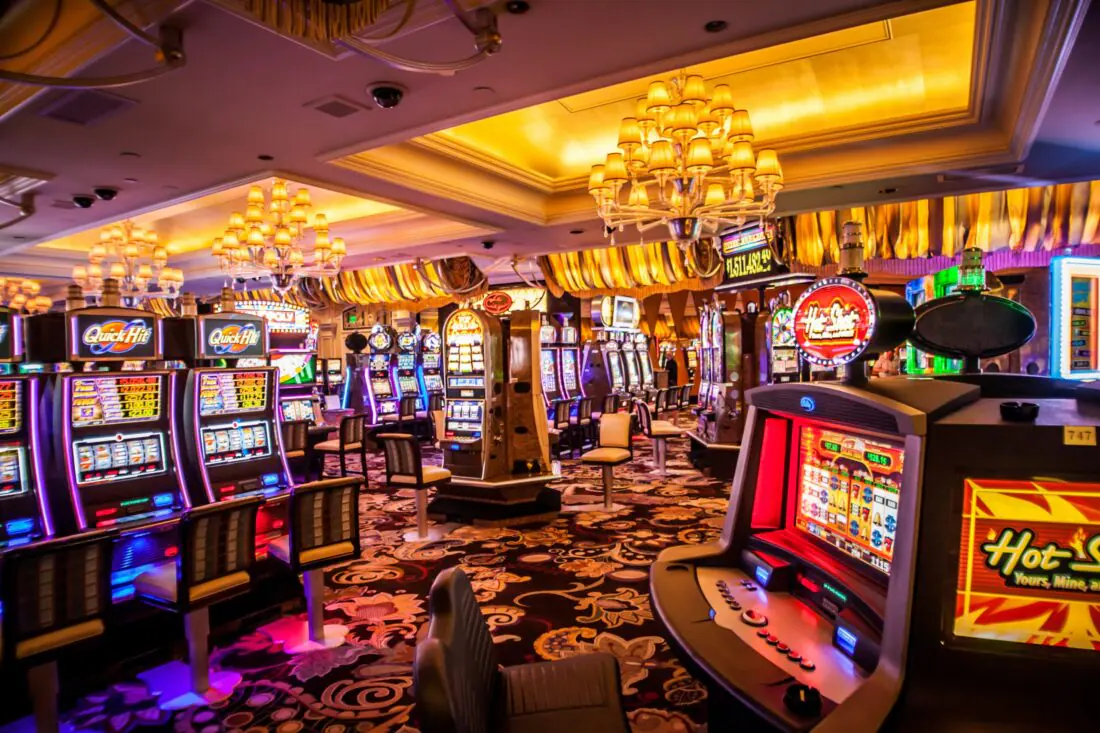
Within a vibrant and exciting world of gaming establishments, where luck and tactics intertwine, hues and aesthetic play a pivotal role in drawing in gamblers. As soon as players step inside a casino or log into a gaming website, they are enveloped in a sightly feast that captures their attention and entices them to explore more. Bright colors, engaging graphics, and creative layouts are meticulously crafted to create an atmosphere of thrill and anticipation, ultimately enhancing the gaming encounter.
As players move through the dynamic landscape of casino games, they encounter a range of designs that not only serve aesthetic purposes but also affect emotions and choices. Colors like red and gold symbolize wealth and fortune, while calm blues and emeralds can create a more tranquil environment. Grasping how these elements function together allows casinos to create an welcoming and energizing atmosphere that encourages players to engage with the games, invest additional time at the tables, and increase their general enjoyment.
The Psychology of Hue in Gambling Games
Hue plays a crucial role in the creation of gambling games, influencing players’ emotional states and responses. Bright and vibrant shades, such as red and yellow, are often used to ignite excitement and draw notice. These colors create a sense of immediacy and vitality, encouraging gamblers to engage more readily with the experience. By thoughtfully selecting colors, creators aim to elicit feelings of pleasure and expectation, which can enhance the overall game experience.
Various hues also have psychological connotations that can affect how gamblers perceive their possibilities of victory. For instance, green is commonly associated with luck and wealth, making it a well-liked choice in activities like the roulette wheel and poker games. This association can lead players to feel more optimistic and assured in their gaming, ultimately motivating them to bet more. Understanding these links allows game designers to design environments that enhance player satisfaction and loyalty.
Furthermore, the interface of casino game interfaces often employs blended colors and opposing shades to direct player actions. For example, winning combinations may be accentuated with vivid, differing colors, creating a visual incentive. This technique strengthens successful results and encourages repeated gameplay. By leveraging the science of color, casinos can design activities that not only attract players but also keep them engaged and invested in their play experience.
Creative Elements that Attract Gamers
The aesthetic appeal of gambling games is primarily influenced by the implementation of bold colors. Lively and contrasting colors are strategically chosen to create an appealing atmosphere that grabs attention. For example, reds and golden hues often signify good fortune and prosperity, which is why they are common in the color schemes of gaming machines and table surfaces. These colors not only draw players in, but they also evoke emotions associated with thrill and anticipation, enhancing the total gaming experience.
In parallel to color, the aesthetic and layout of gambling games play a significant role in captivating players. Games are designed to be intuitive, ensuring that players can quickly understand the rules and mechanics. Accessible interfaces, along with captivating graphics and motion, help maintain gamer interest and promote extended play sessions. meilleur casino en ligne The tactile elements, such as the texture of the buttons and the sounds of the games, also contribute to a holistic sensory experience that keeps players engaged.
In conclusion, conceptual elements in gaming design can greatly influence player choice. Many gambling games are inspired by media, fairy tales, or adventure themes, incorporating symbols and characters that resonate with players. These themes create a sense of immersion and relatability, making each game feel unique. When players feel a connection to the concept, they are more likely to opt for that game over others, leading to higher participation and enthusiasm within the casino environment.
Case Studies: Effective Casino Slot Designs
One key example of effective casino game design is the well-known slot machine series themed around hit movies. Games such as those based on the The Wizard of Oz and Game of thrones utilize vibrant colors and superior graphics to immerse players in recognizable narratives. The employment of moving visuals and engaging sound effects takes the interest of players, building an affective connection to the theme. This strategy not only promotes longer play but also improves the overall gaming experience, yielding increased player retention.
Another successful case is the use of color psychology in table games like blackjack and roulette. Casinos often design these games with dark reds and greens, colors traditionally linked with luck and wealth. For instance, the green felt on a 21 table provides a calming effect, while the crimson accents in roulette invite thrill. This intentional use of color helps to foster an inviting atmosphere that stimulates players to engage, fulfilling their psychological impulses and increasing their enjoyment.
Finally, social casino games that feature social features and bright, dynamic designs have achieved remarkable success in engaging players. Games like Zynga Poker and Slotomania leverage vivid colors and playful animations to establish an inviting online environment. The integration of leaderboards, social sharing options, and in-app rewards encourages competition and community, attracting players in for longer sessions. Such designs not only make the games visually enticing but also emphasize community engagement, a crucial factor in player retention and engagement within online casino environments.
